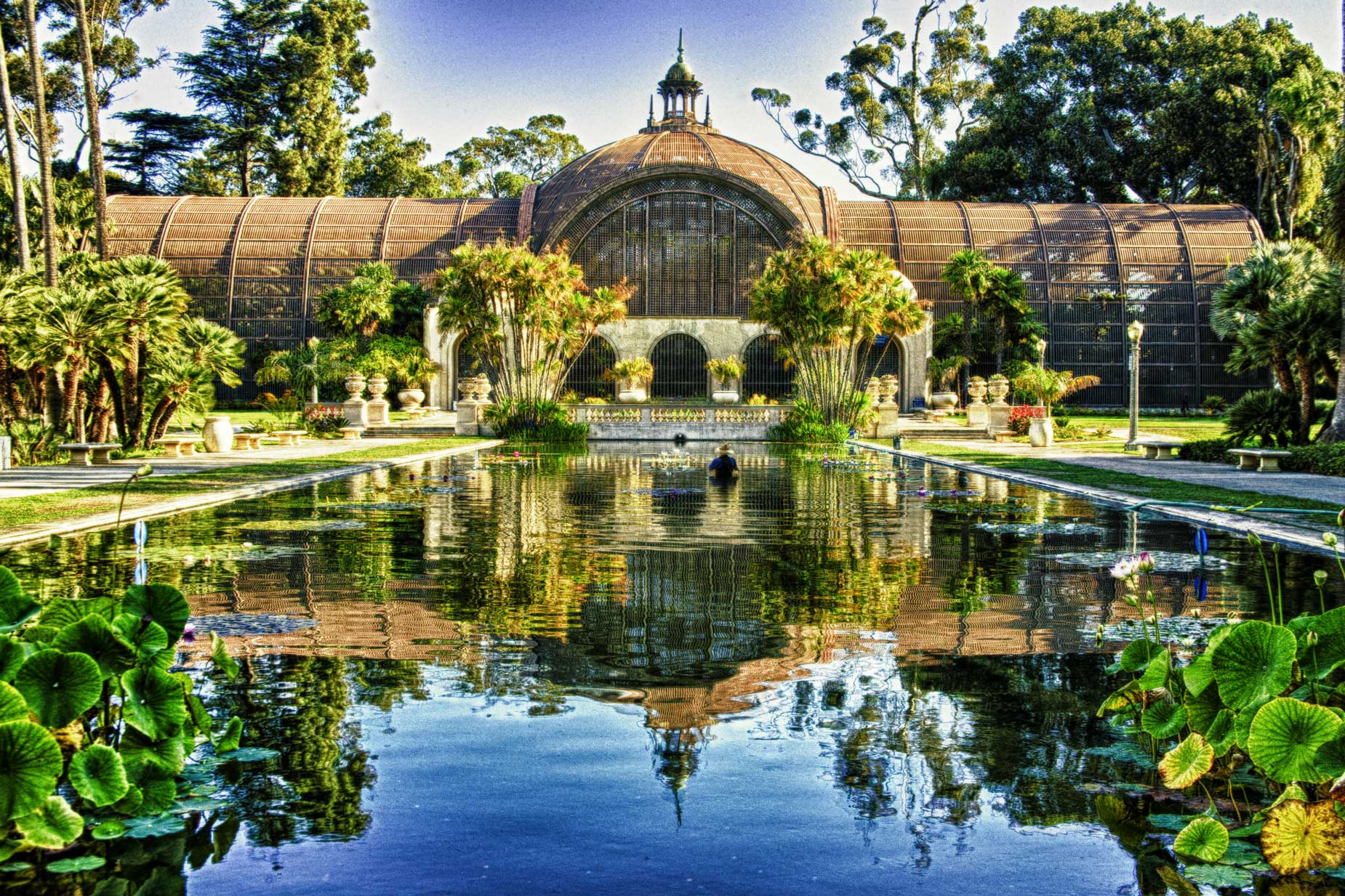Today’s Post by Joe Farace
Nature surrounds us, from parks and backyards to streets and alleyways. Next time you go out for a walk, tread gently and remember that we are both inhabitants and stewards of nature in our neighborhoods. — David Suzuki
The Trust for Public Land launched its 10-Minute Walk campaign on October 10, 2017, as a movement to call on mayors ensuring that everyone in US cities has access to a quality park within a 10-minute walk of their home. By 2021, the campaign generated nearly 300 pledges from mayors across the country to increase park access for its residents. That same year, The Trust for Public Land founded National Walk to a Park Day on October 10th to further the campaign and focus on the importance green spaces play in our lives.

How I Made this Photograph: Since Balboa Park in San Diego is 1100 miles from Daisy Hill, it’s much more than a 10-minute walk. But when I was last there, I visited The Botanical Building and made this image. Built in 1914, the Botanical Building and Gardens is one of the park’s most visited destinations. Designed to be open to the air, it showcased San Diego’s climate to millions of visitors who attended the 1915 Panama–California Exposition.
The image was captured with a Canon EOS 5D Mark I and EF28-135mm f/3.5-5.6 IS USM lens at 41mm. Exposure was 1/25 sec at f/22—ignoring the effect of diffraction* before I knew any better—and ISO 200. The image was slightly enhanced with Vivenza before lightly applying the Skylight filter that’s part of Color Efex to add a bit of warmth.
Parks are an essential part of public health and they protect communities from the impacts of climate. As part of this national day, walk to your local park, encourage your community to support more public parks and green spaces. And don’t forget, public parks include playgrounds, beaches, trails, and some schoolyards.
Capture your celebration of parks in pictures and video and share them on social media, too. Tag them with #WalkToAParkDay.
*Using really small apertures can produce diffraction, so that your sharpness decreases as smaller and smaller apertures are used in your photography. As a lens is stopped down, its lens aberration control improves but the effects of diffraction increase. Diffraction is not a lens aberration or a manufacturing defect: It is an unavoidable consequence of the physics of light.
Along with photographer Barry Staver, I’m co-author of Better Available Light Digital Photography that’s available from Amazon for $21.50prices with used copies starting at the bargain price of three bucks, as I write this.
